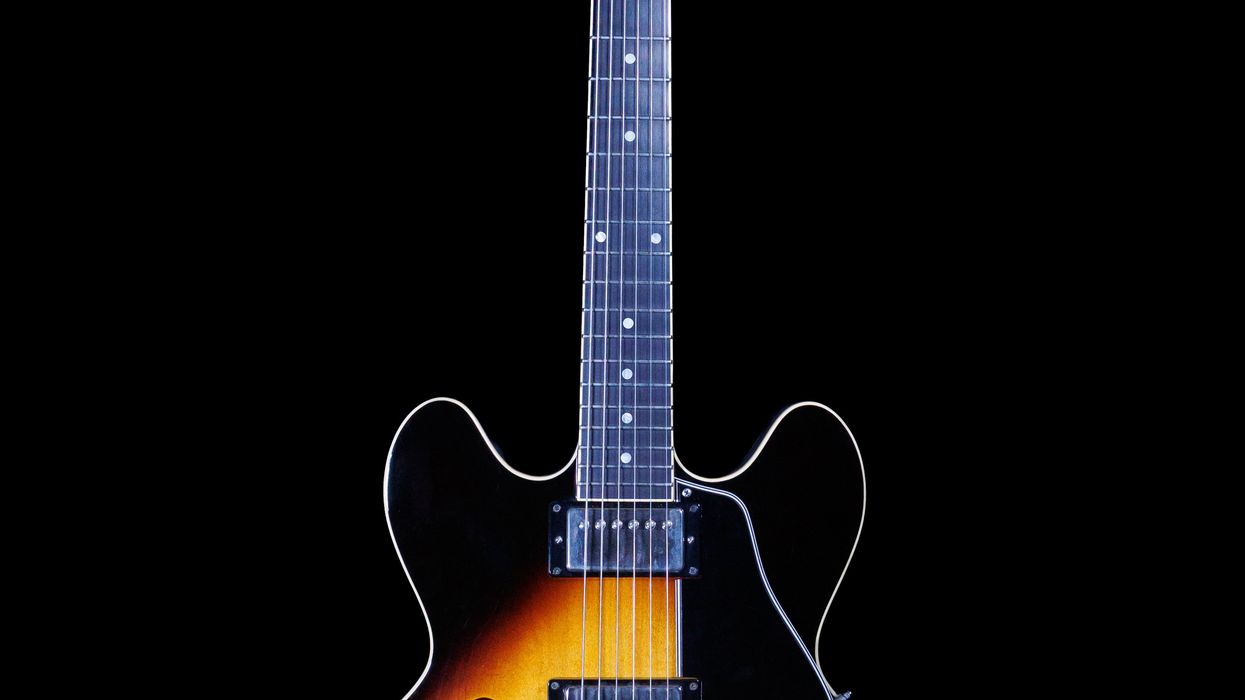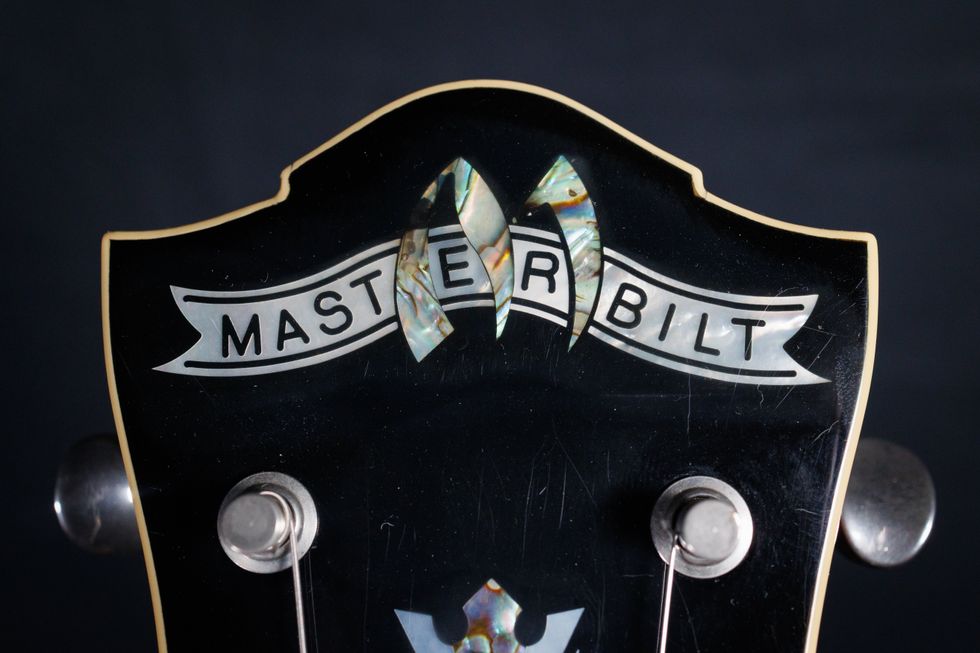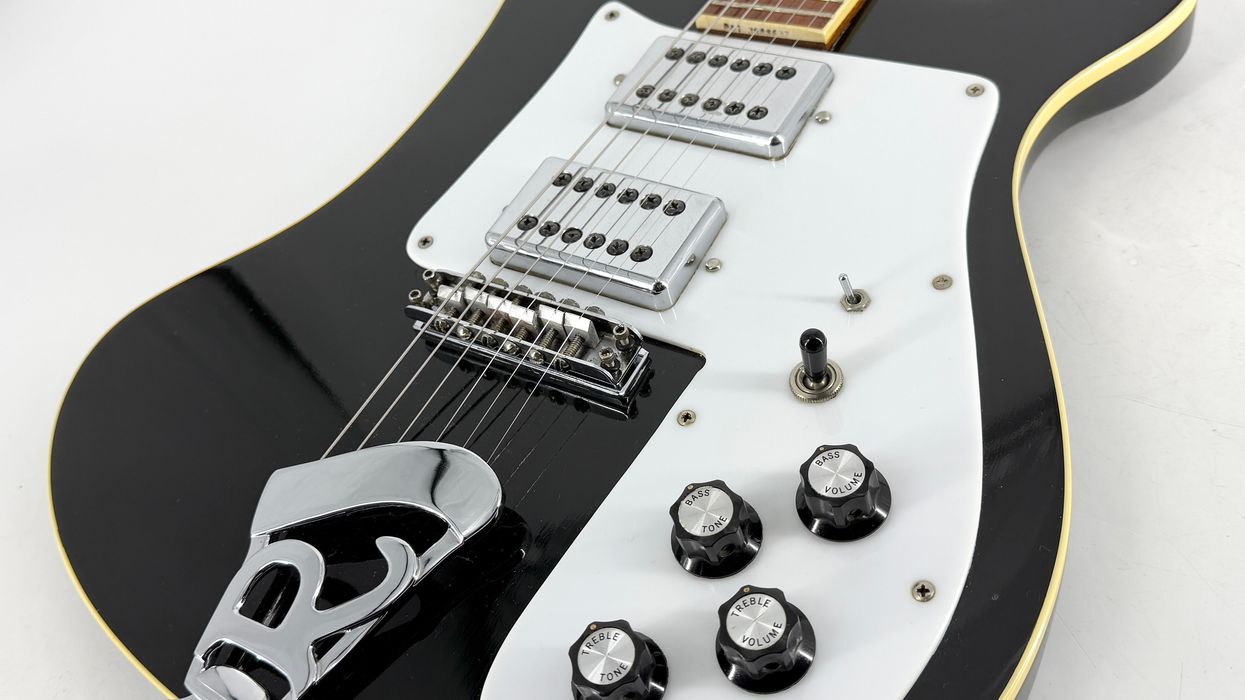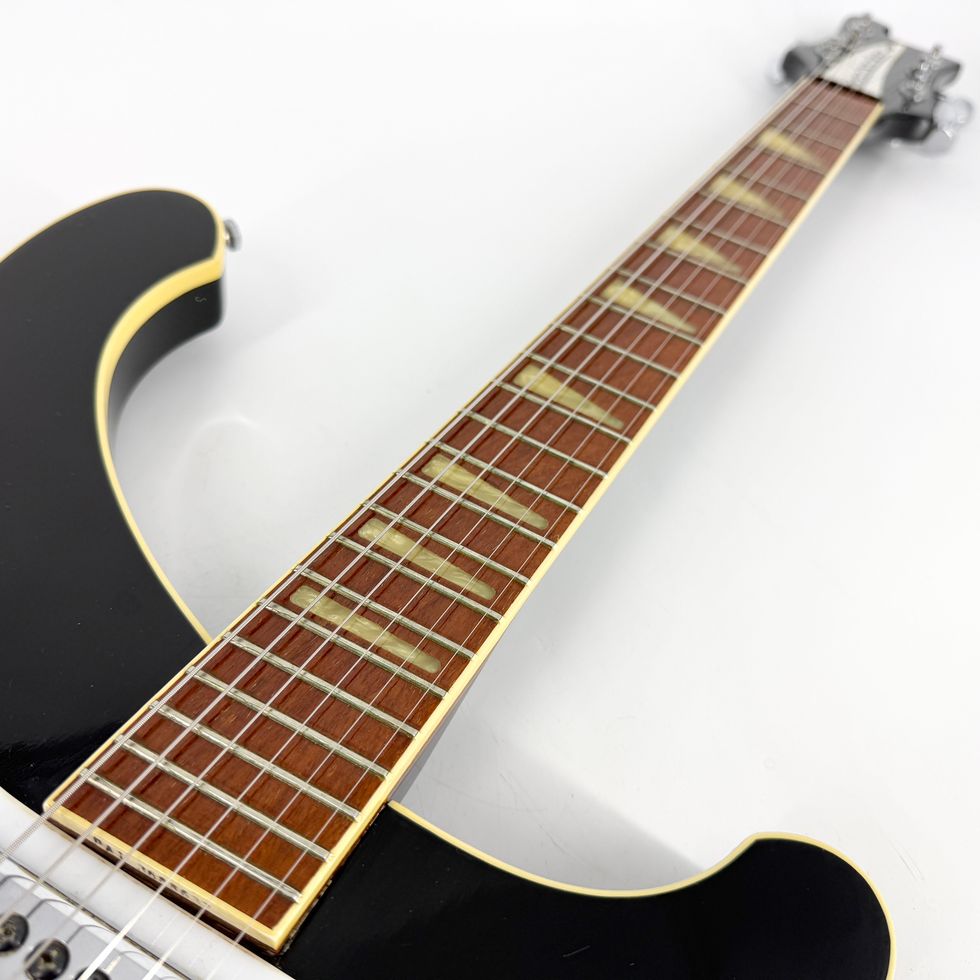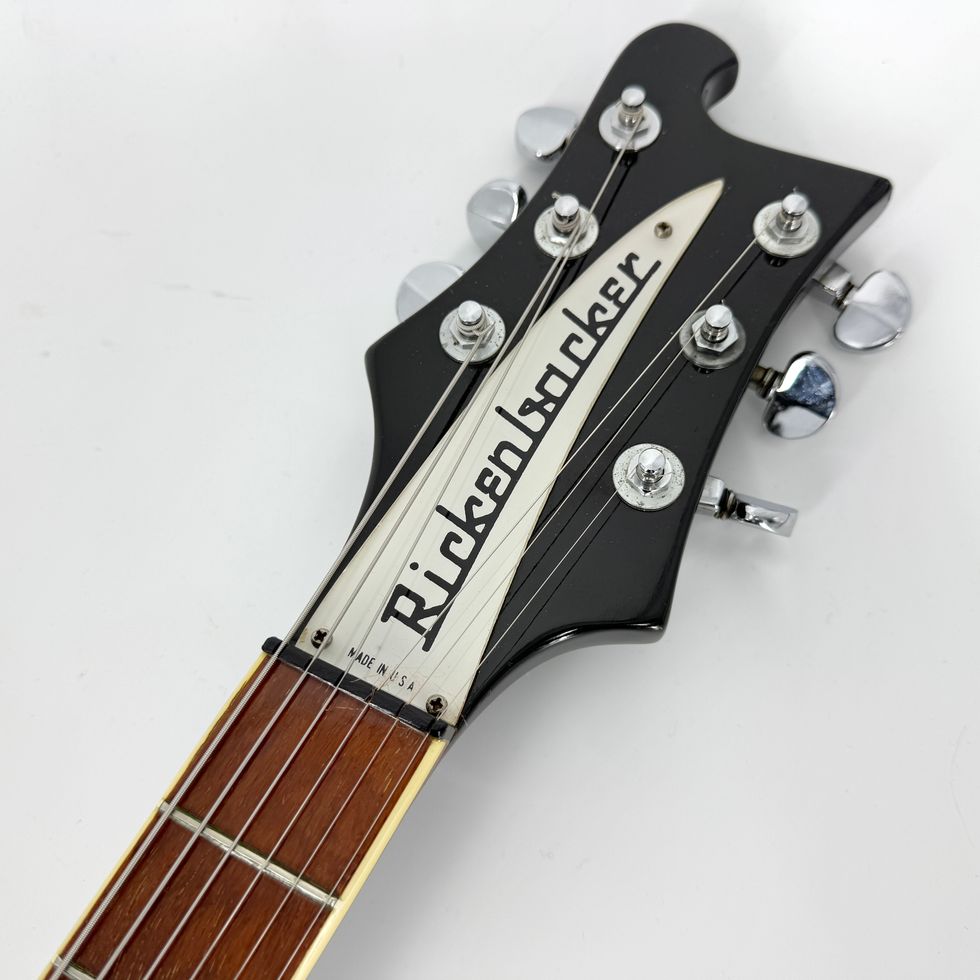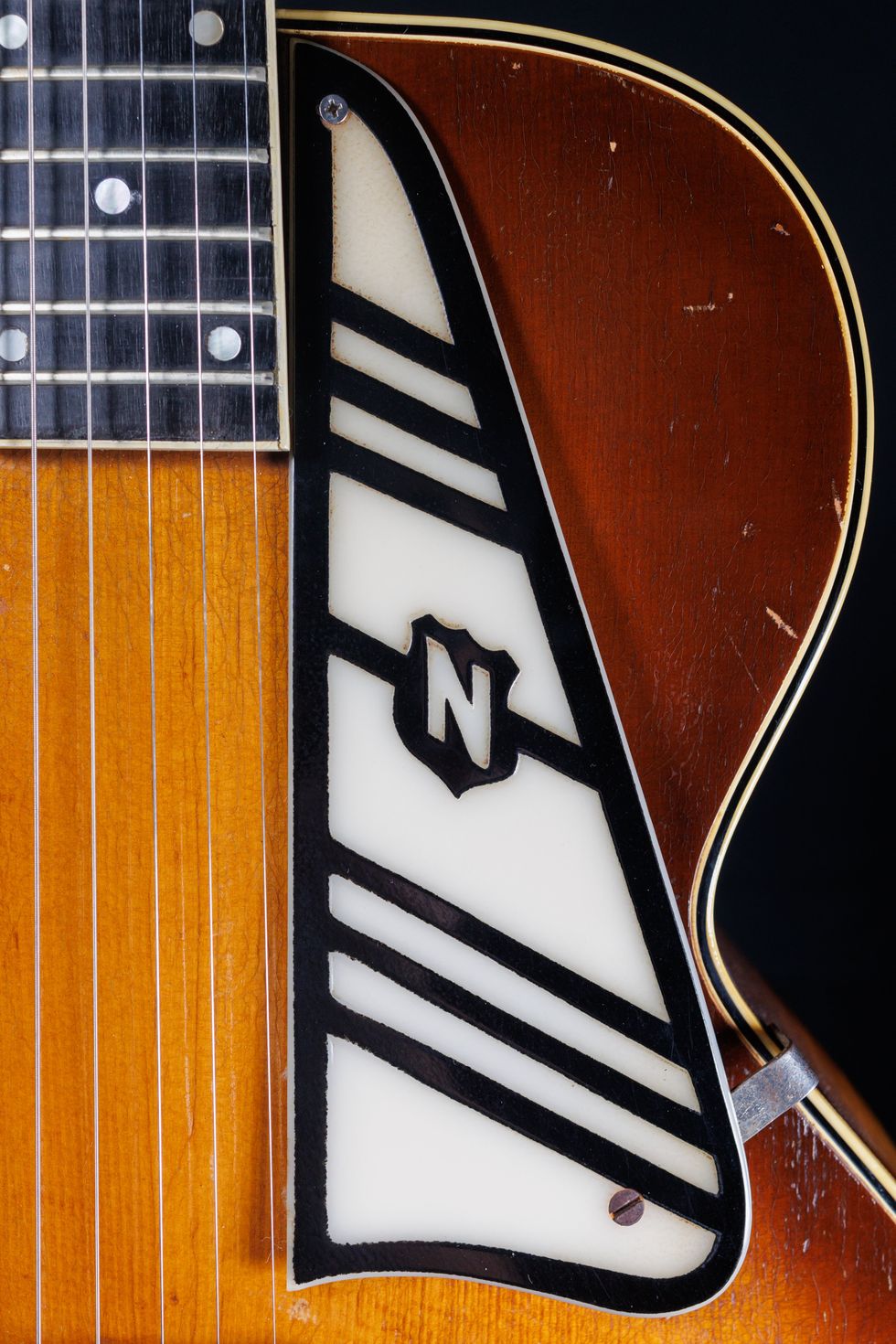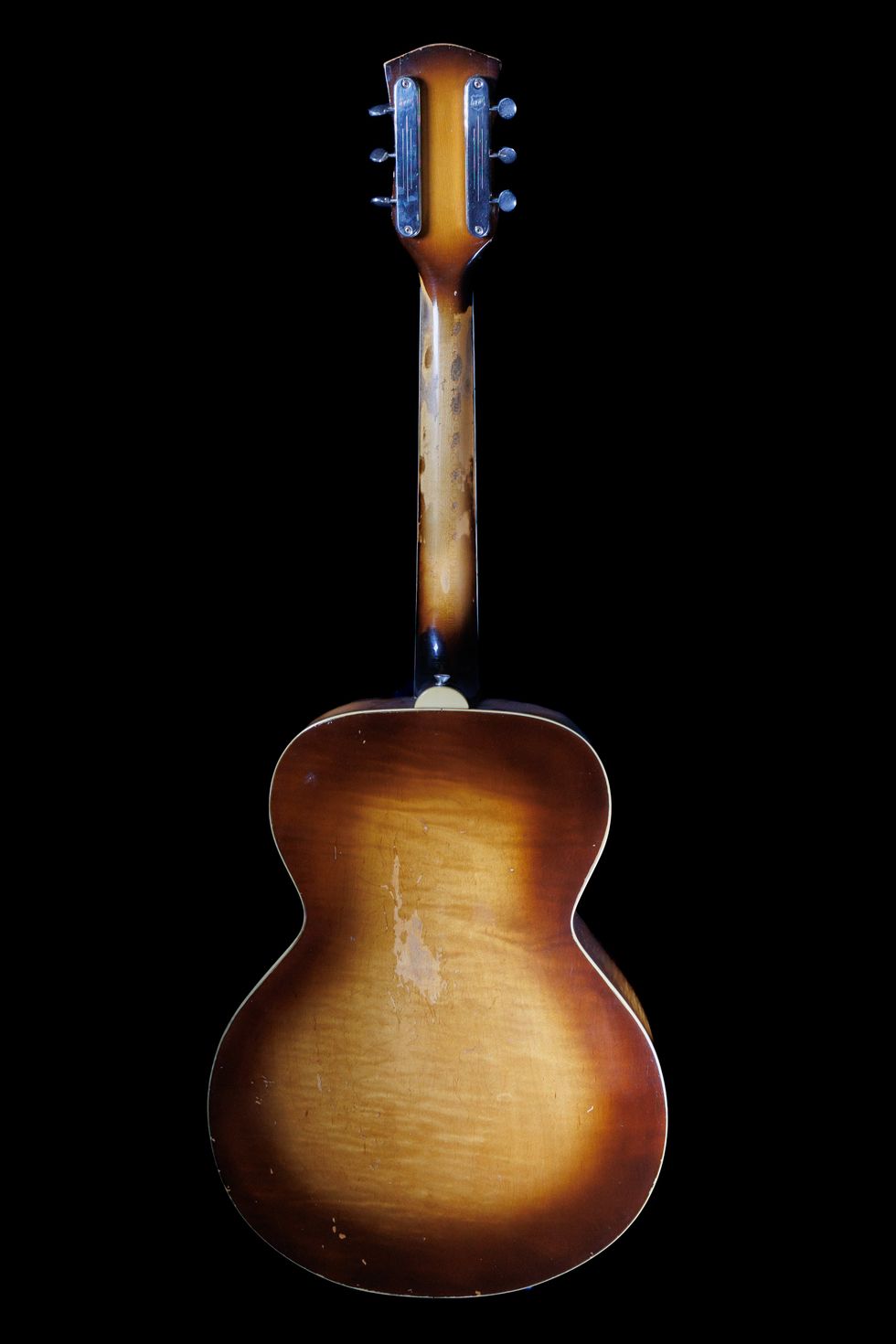When Gibson teamed up with renowned recording star Les Paul in 1952, the company created a guitar that became one of the most influential and popular instruments of all time: The Les Paul Model. With its solid mahogany body and carved maple top, the Les Paul evolved through the 1950s as practical improvements were introduced.
By 1956—the same year as this pictured example—the bridge had been modified twice from the original trapeze/bridge tailpiece designed by Les Paul. The first change, which occurred in 1953, was the wraparound stop-bar tailpiece that screwed right into the guitar's top. This increased sustain and allowed the player to palm-mute the strings.
The now-familiar combination of Tune-o-matic bridge and stop-bar tailpiece was introduced in 1956, the year this guitar was built. Until this model was reissued in 1968, this was also the last year P-90s appeared on goldtop Les Pauls.
Finally, in 1956 the classic separate stop-bar and fully adjustable Tune-o-matic bridge were added, and this allowed for near perfect intonation. Previously, the stop-bar/Tune-o-matic combination was a standard feature only on the Les Paul Custom, which was launched in 1954. And 1956 was also the final full year of the original run of P-90-equipped Les Paul Models.
Except for the custom all-black finish, in most ways the Les Paul featured here is a typical 1956 goldtop. A deep ebony black lacquer had been used on various Gibsons since Orville's time, and was then standard on the Les Paul Custom. It's very rare to see the regular Les Paul Model with anything but the usual brilliant gold (bronze powder mixed with lacquer) shade.
This guitar was assembled with the customary creme-colored plastic for the pickup covers, pickguard, and “Rhythm-Treble" pickup selector surround. Black knobs were substituted for the standard gold ones.
In the 1958 price list, a Les Paul goldtop cost $247.50, plus $42 for a case. The current value for one in excellent all-original condition is $35,000. A one-off black finished Les Paul may very well be worth more, but it's hard to assign a value with so few known examples.
This weathered headstock tells a story of many gigs and many songs played in the last 58 years.
The amp behind the guitar is a 1956 GA-20. Two 6V6 power tubes send 16 watts of power through a Jensen P12R speaker. The price listed in Gibson's 1958 catalog was $137.50. The current value for the amp is $650.
Sources for this article include The Early Years of the Les Paul Legacy 1915-1963 by Robb Lawrence, Gibson Electrics: The Classic Years by A.R. Duchossoir, Gibson Guitars: 100 Years of an American Icon by Walter Carter, and Gibson Amplifiers 1933-2008: 75 Years of the Gold Tone by Wallace Marx Jr.
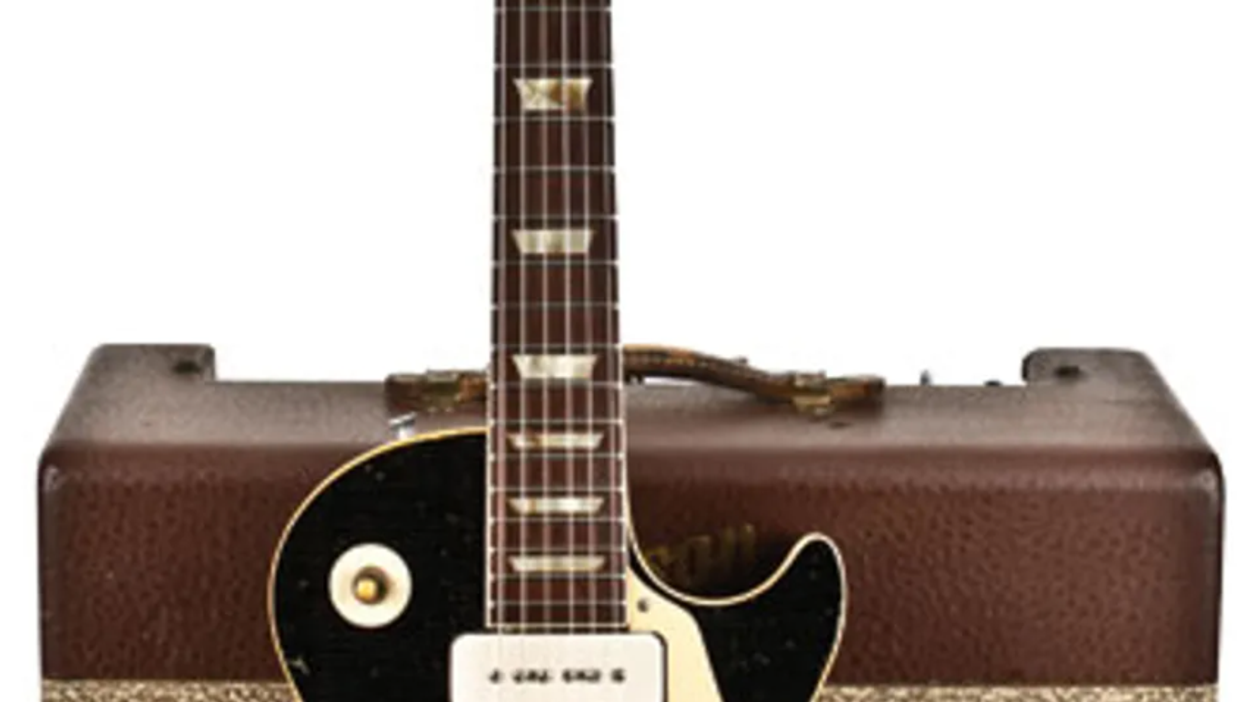
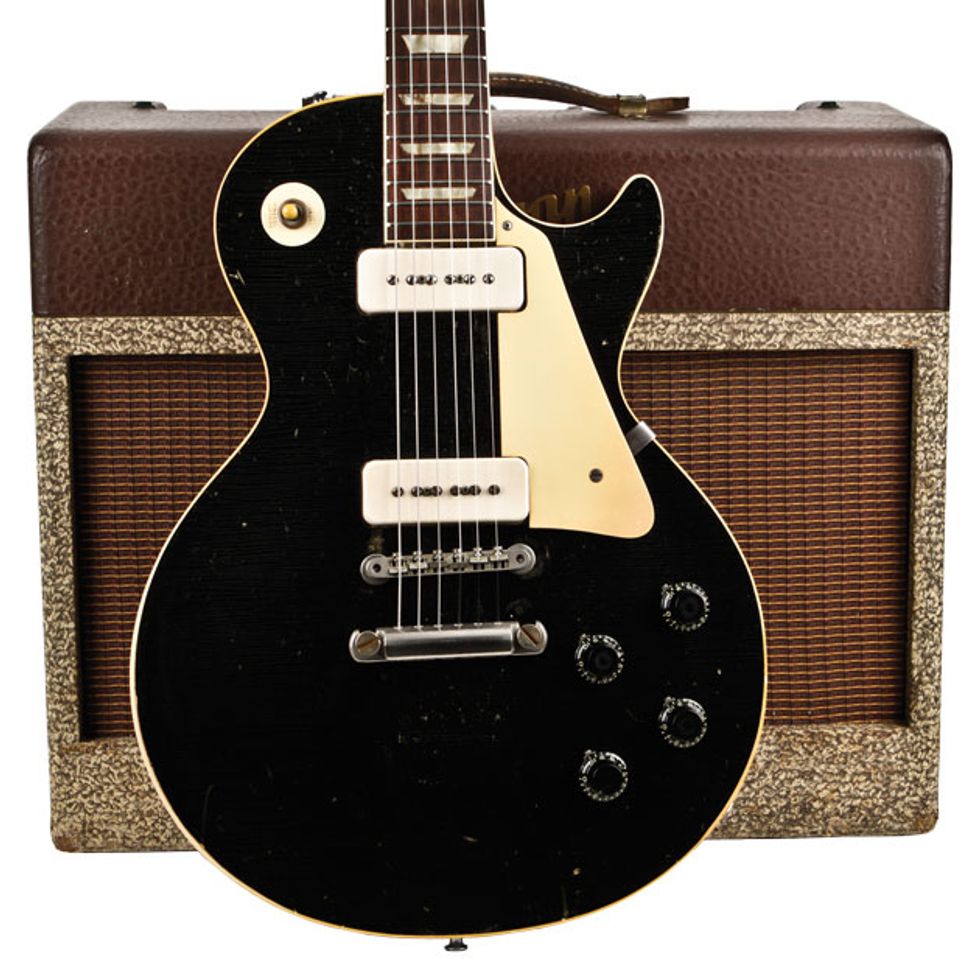
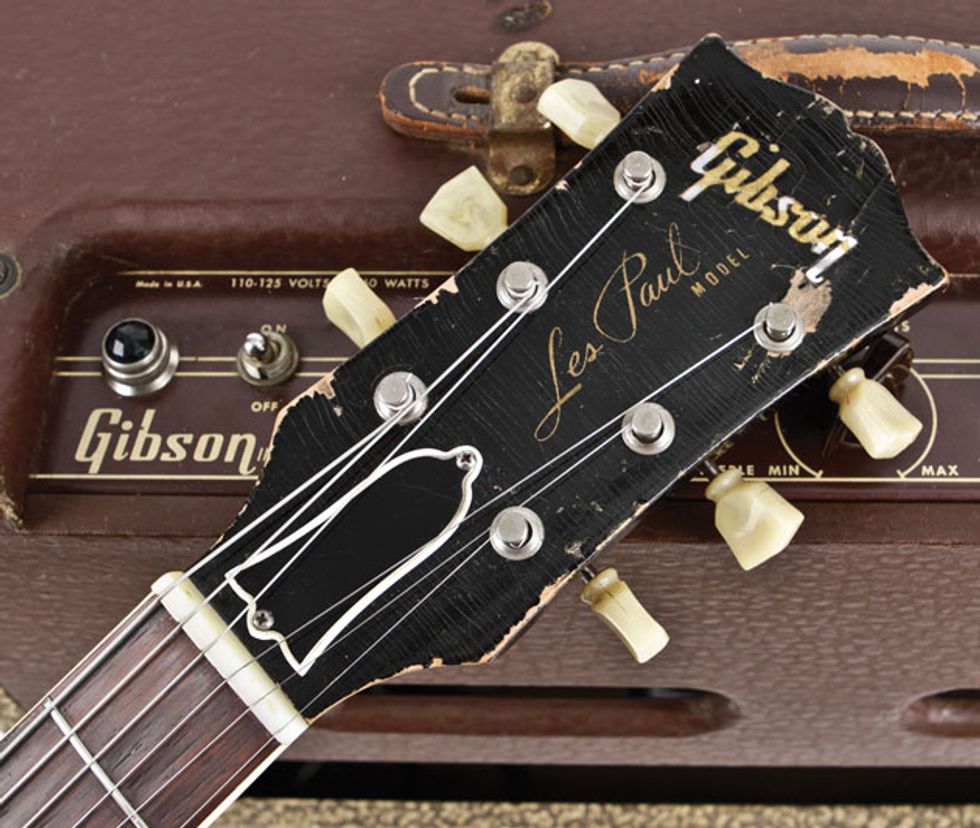
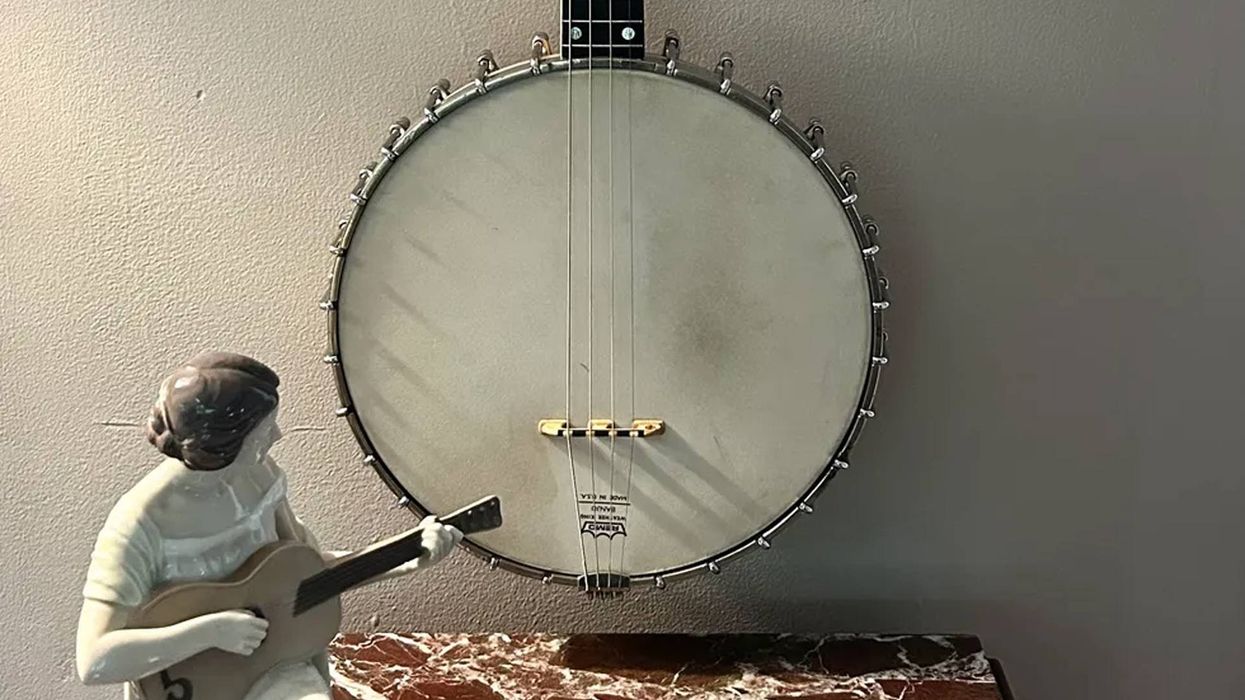
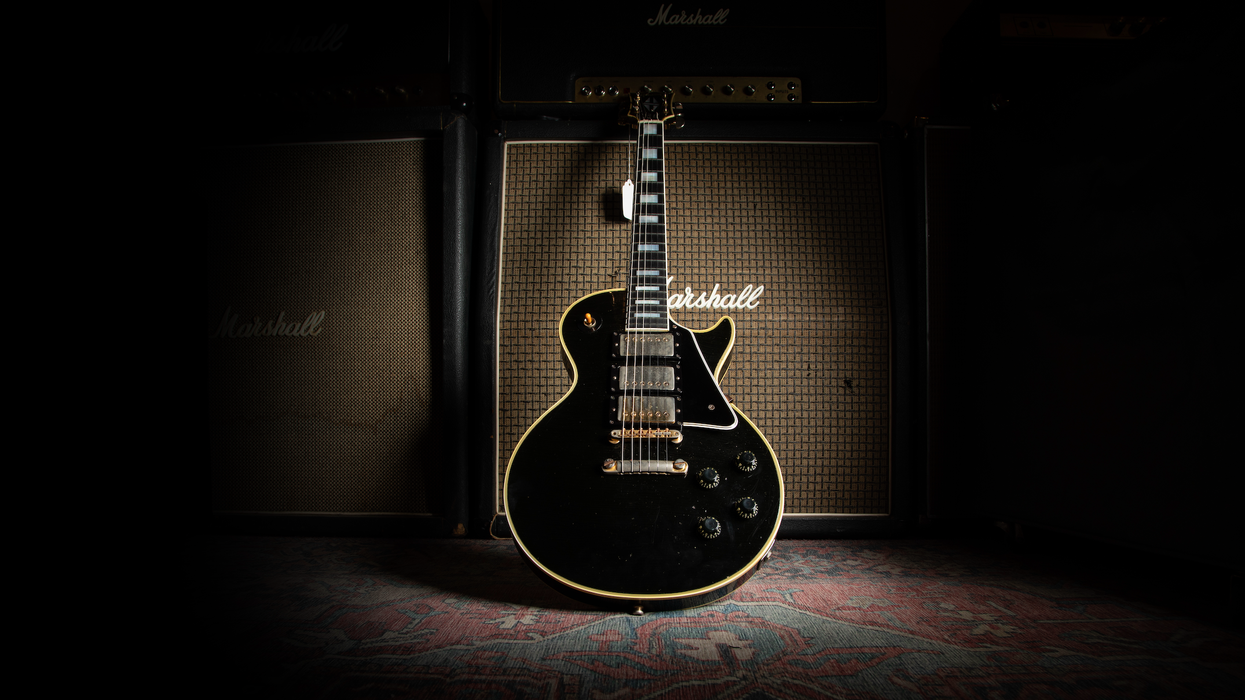

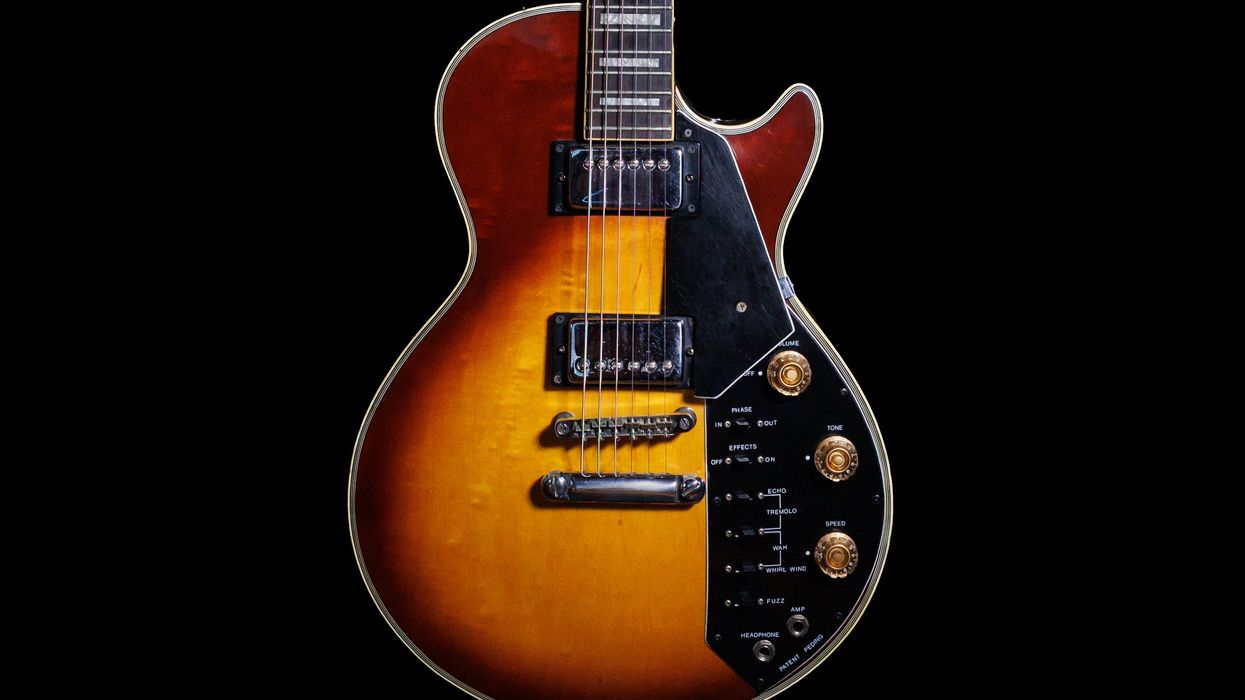
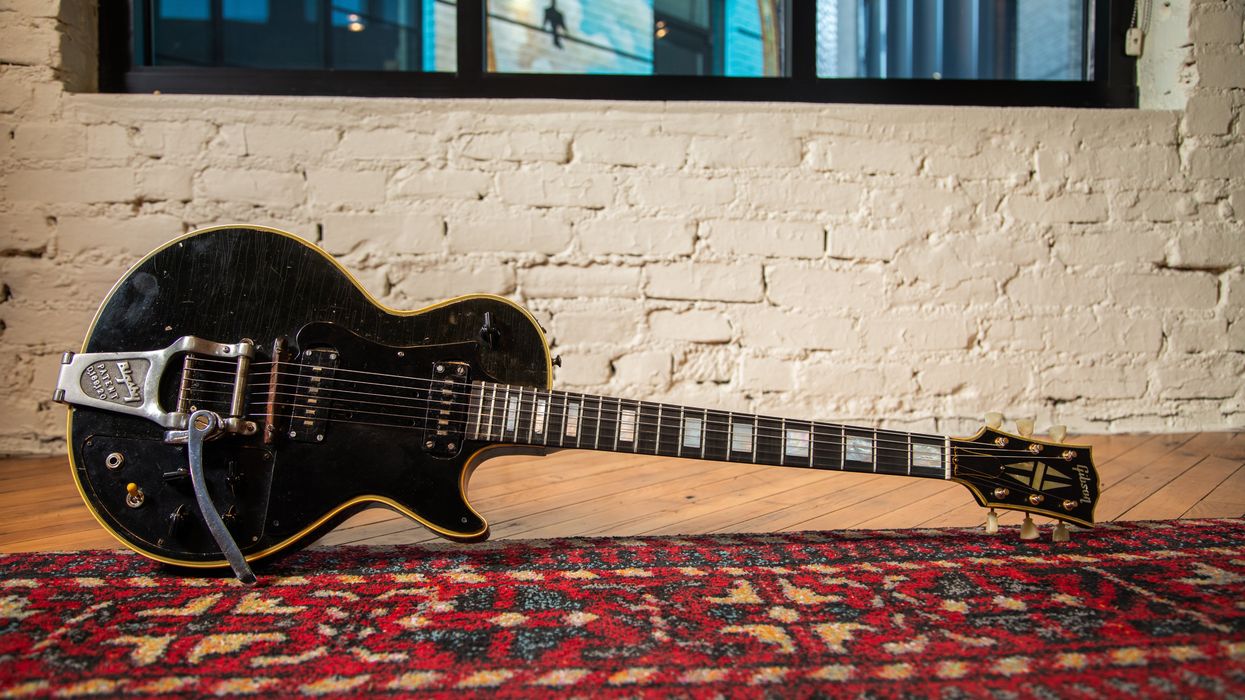
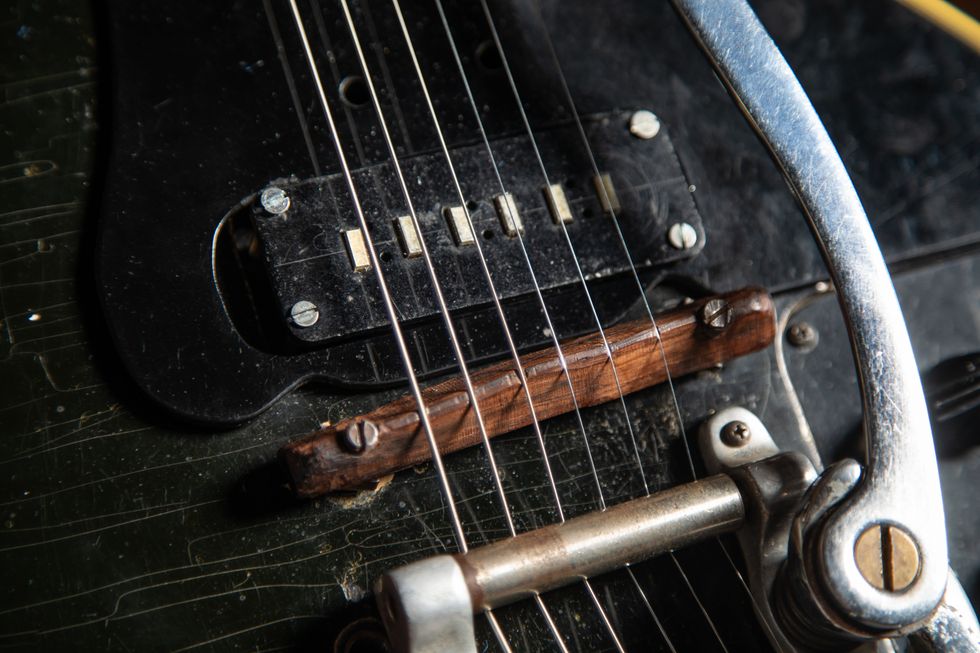

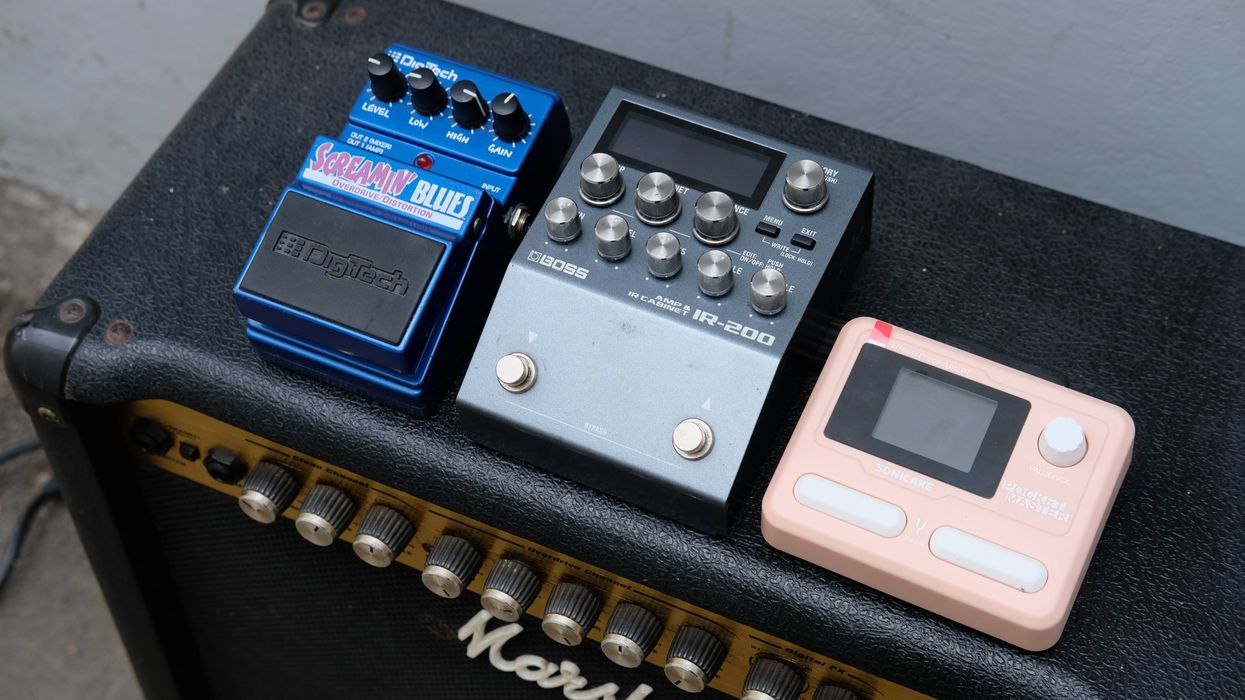




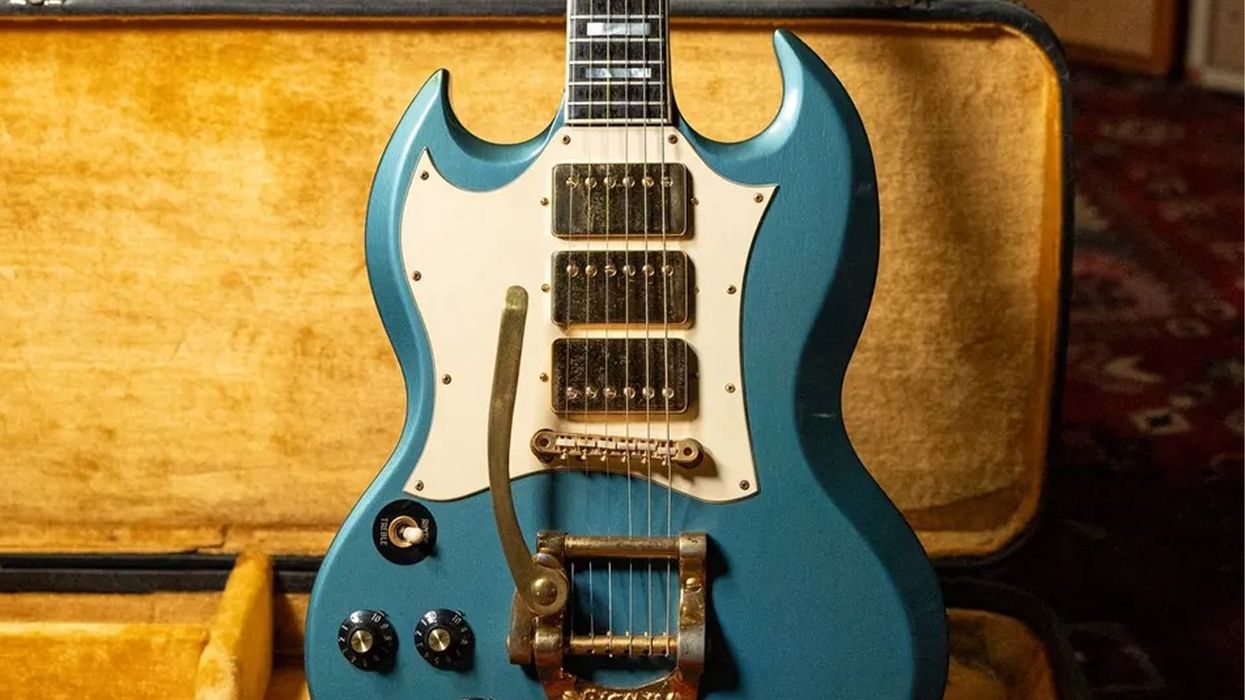
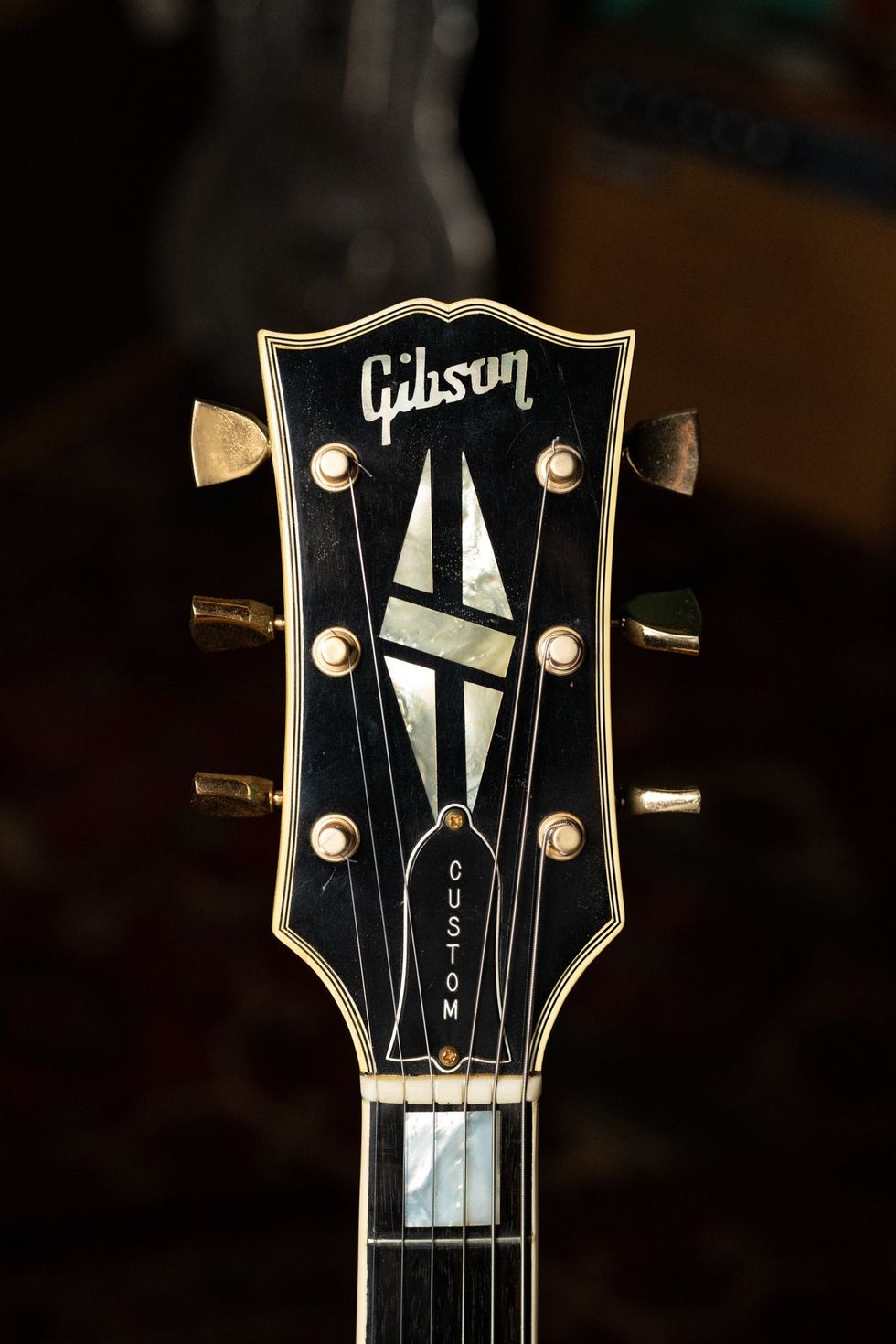
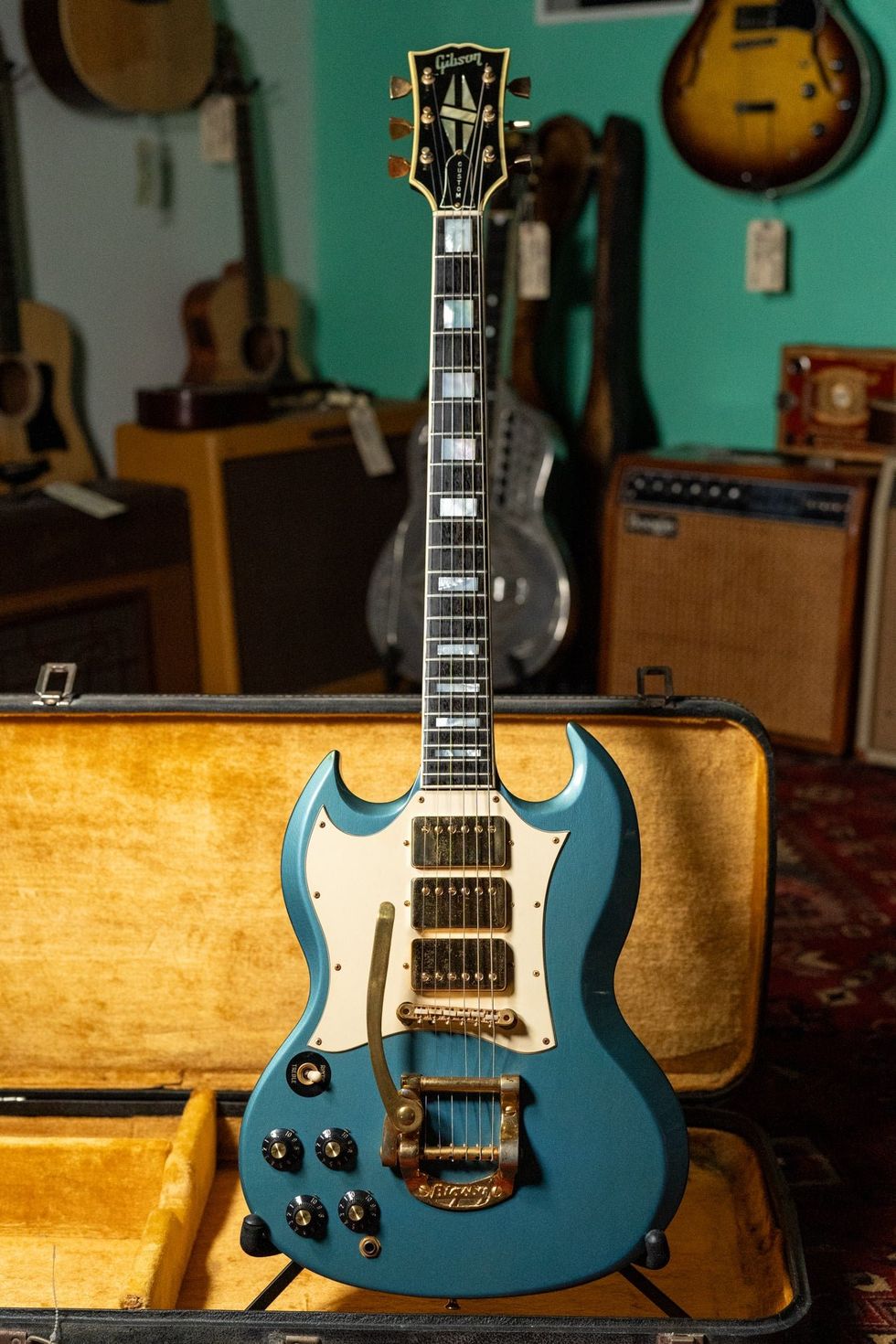 Whether or not Jimi Hendrix actually played this guitar might come down to how lucky its buyer feels.Photo courtesy of Imperial Vintage Guitars Reverb Shop
Whether or not Jimi Hendrix actually played this guitar might come down to how lucky its buyer feels.Photo courtesy of Imperial Vintage Guitars Reverb Shop